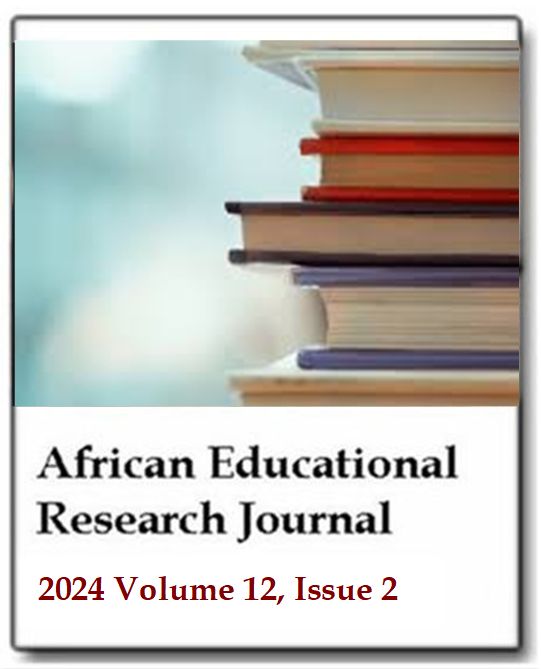Duck, Death and the Tulip in the triangle of fantasy, reality, and death in preschool education
Erhan AkdağAfrican Educational Research Journal
Published: May 22 2024
Volume 12, Issue 2
Pages 101-108
DOI: https://doi.org/10.30918/AERJ.122.24.029
Abstract
One of the most important concepts that children in preschool and primary school try to perceive and understand is “death”. Making the phenomenon of death comprehensible to a child is a very difficult and laborious process. The difficulty of defining death, which is an abstract concept, for a child, combined with the pedagogical fear (negative perception that this can cause in a child) and the inability to develop an appropriate discourse (destructive style), leads the adult and parents to an even greater impasse. There are different opinions, especially on whether the phenomenon of death can be included in children’s books and how and in what way this phenomenon should be expressed if it is to be included. One of the publications that successfully answer the question of how and in what way death should be explained to children is the children’s book Duck, Death and the Tulip by Wolf Erlbruch. In this work, the abstract phenomenon of death is made tangible for children with the help of fantastic elements, and death is characterized. Duck, Death and the Tulip, in which values such as “friendship”, “love” and “respect” between a duck and death are treated with pedagogical care, are of great importance for shaping and developing the concept of death in the minds of child readers. This study sought to examine how the concept of death is treated in Wolf Erlbruch’s children’s book Duck, Death and the Tulip based on embodiment, child psychology, and pedagogy.
Keywords: Death, fantasy children’s book, preschool education, embodiment, Duck, Death and the Tulip.
Full Text PDFThis article is published under the terms of the Creative Commons Attribution License 4.0

